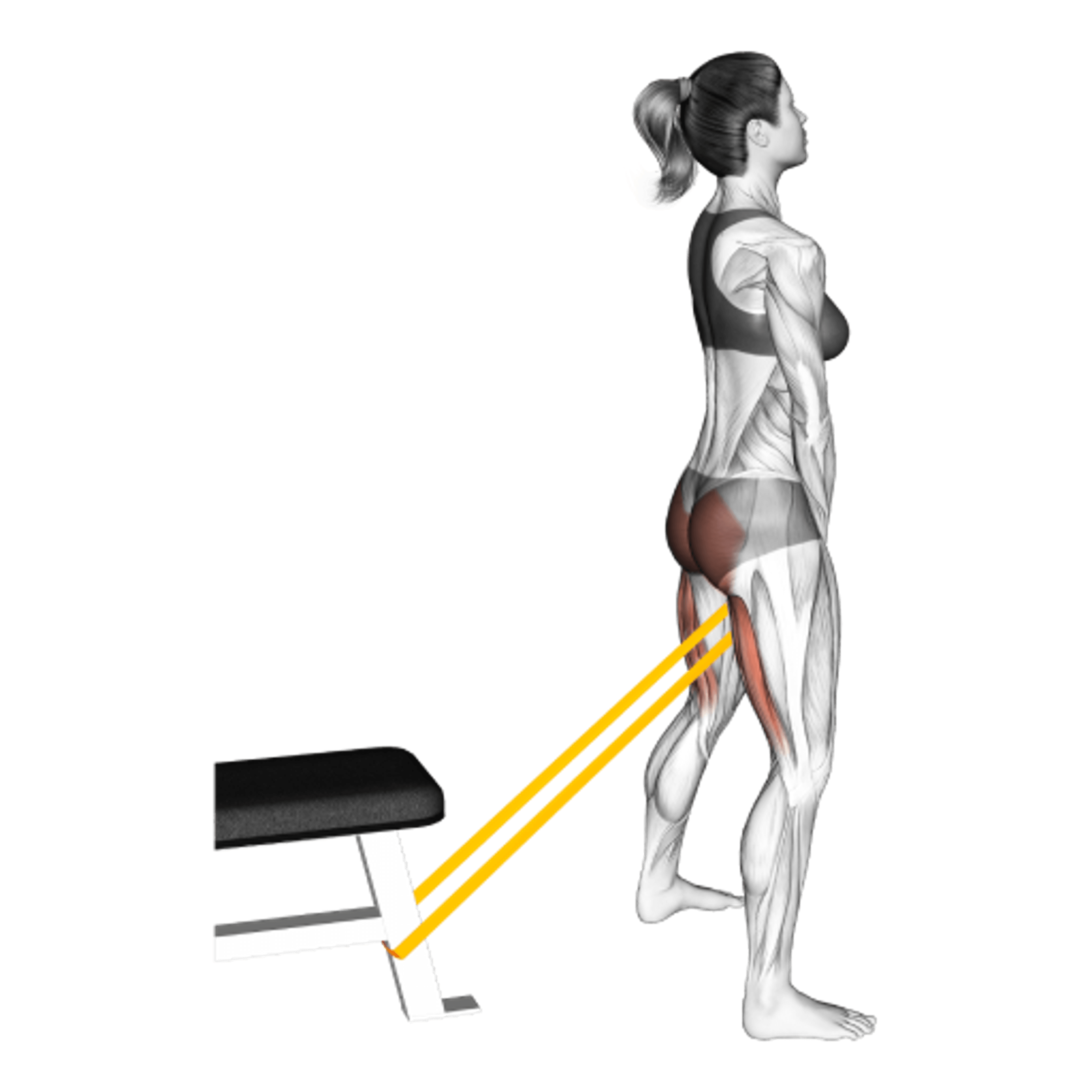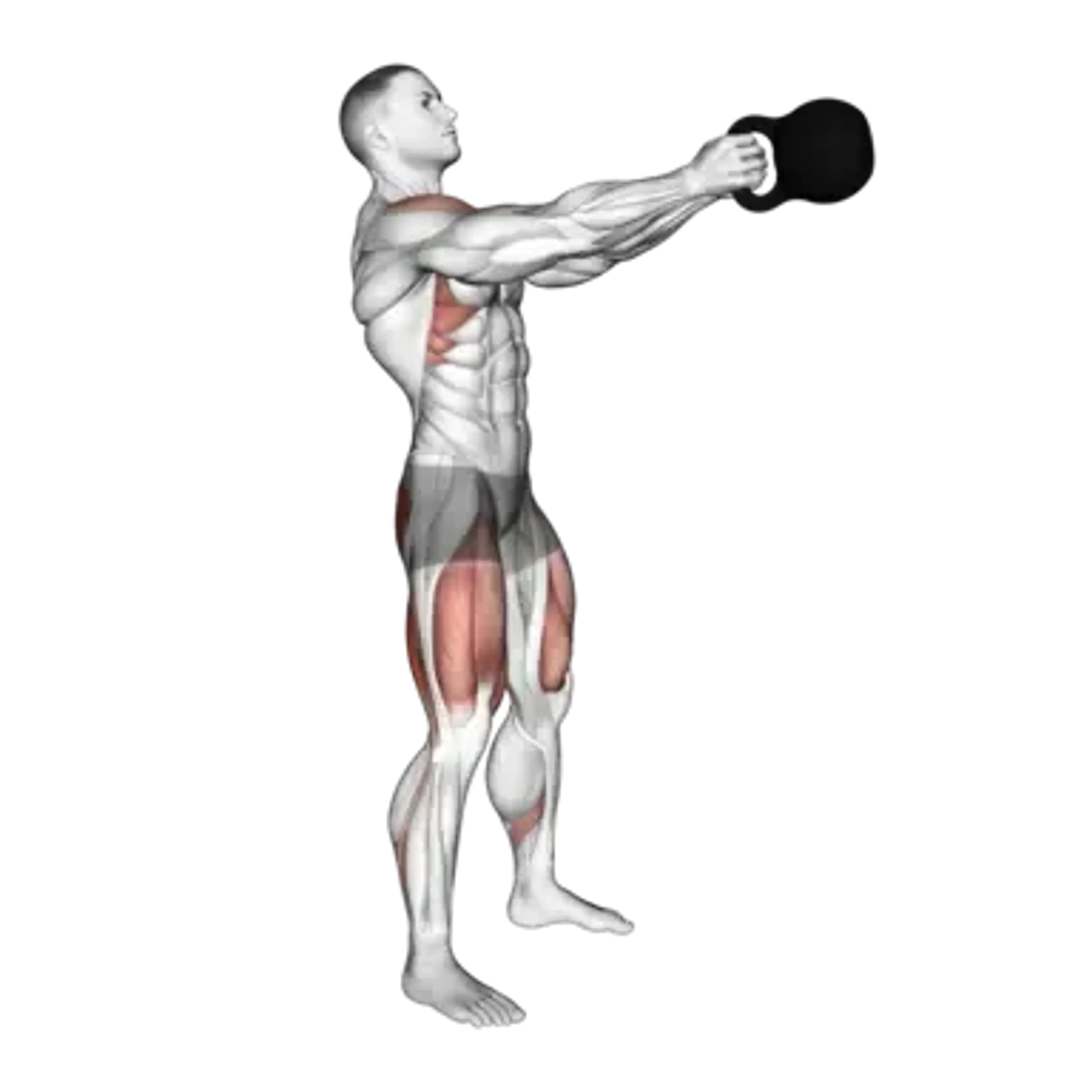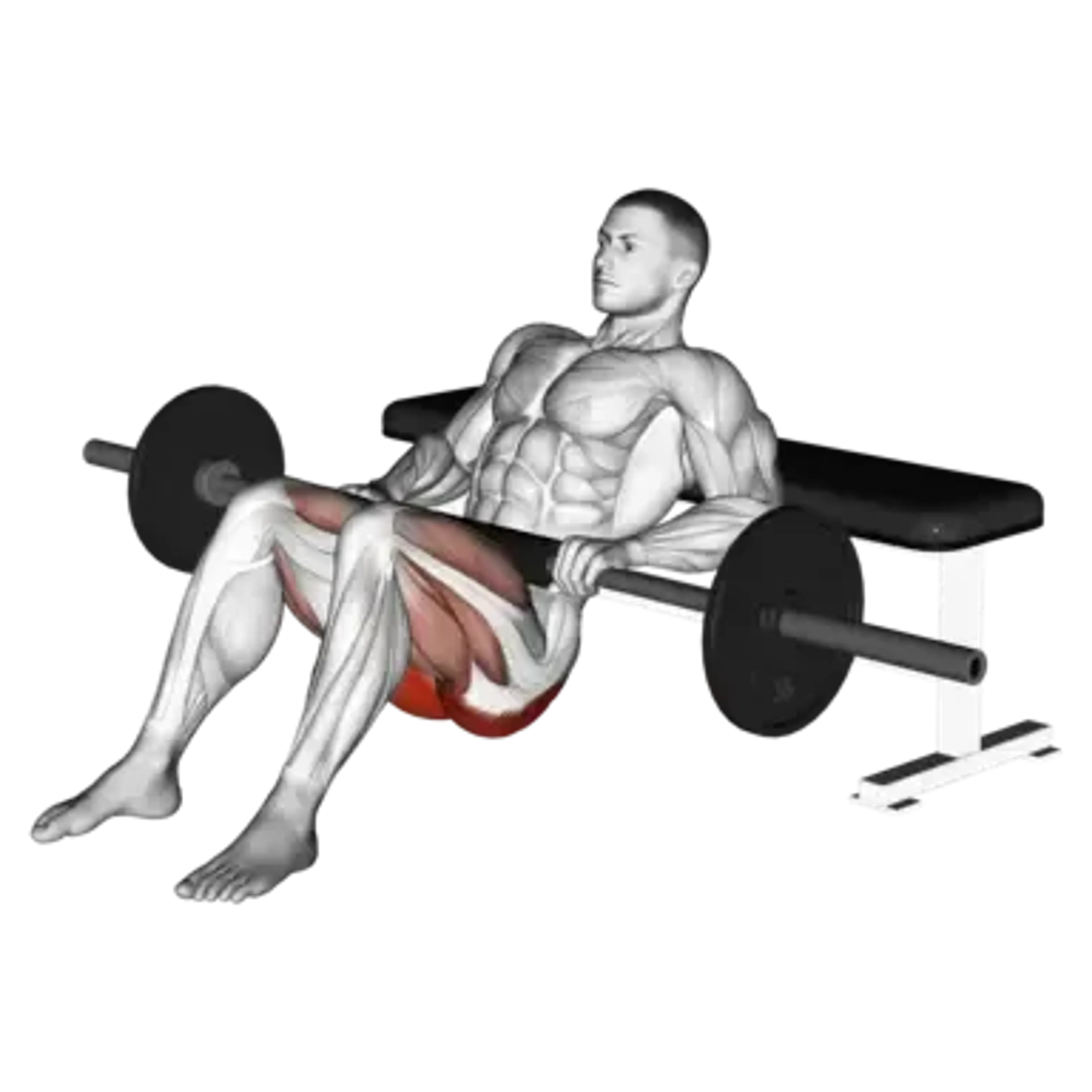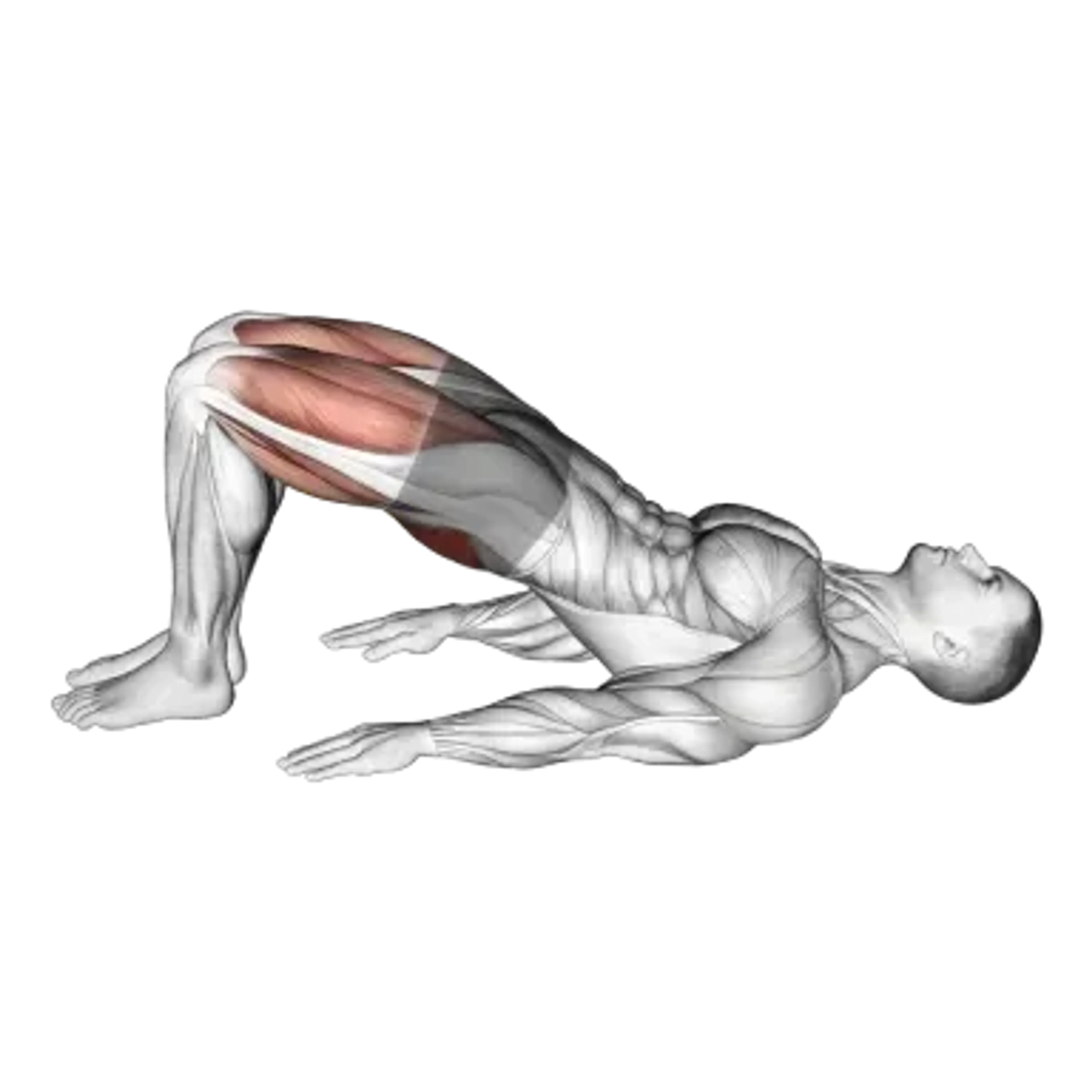Frog Reverse Hyperextension

Overview
- Primary Focus:
- Glutes.
- Equipment:
- Bench.
- Difficulty:
- Intermediate.
General Information
Frog Reverse Hyperextension is an isolation exercise that primarily works out the glutes, hamstrings, and lower back. It is an intermediate level exercise due to the control and positioning it requires. Unlike traditional reverse hypers, this variation involves keeping your knees bent and heels together, resembling a "frog" posture during the movement.
This exercise emphasizes glute activation by limiting hamstring involvement. By keeping the knees bent and externally rotated, you shift more of the effort toward the glute muscles. It’s a great option for those looking to isolate the glutes without loading the spine with heavy weight.
Frog Reverse Hyperextension can be performed on a reverse hyper machine or with a bench setup. It’s especially useful for athletes and lifters looking to improve posterior chain development, support hip function, and enhance lower back health through controlled extension without axial loading.
Muscles Worked
- Gluteus Maximus
- Primary
- Gluteus Medius
- High
- Adductor Magnus
- Medium
- Biceps Femoris
- Low
- Erector Spinae
- Minimal
- Semitendinosus
- Minimal
Instructions
- Position yourself face down on a reverse hyperextension machine or a flat bench with your hips at the edge.
- Bend your knees to about 90 degrees and bring your heels together, knees apart in a frog-like stance.
- Hold onto the handles or edges of the bench for support.
- Start with your legs hanging down in a relaxed position.
- Contract your glutes and raise your legs upward in a controlled motion, keeping the frog position throughout.
- Squeeze at the top of the movement for a brief pause.
- Slowly lower your legs back down until they return to the starting position.
- Repeat for the desired number of reps.
Common Mistakes
Injuries
Frog Reverse Hyperextension is a low to medium risk exercise when performed with proper control and technique. It puts minimal stress on the spine and joints, making it a safer option compared to loaded back exercises.
Potential injuries can include lower back strain or hip discomfort, especially if the movement is rushed or overextended. Hyperextending the lower back at the top can also place unnecessary pressure on the lumbar spine.
To reduce injury risk, focus on a slow and controlled range of motion. Avoid using momentum, and make sure your hips remain supported throughout the movement. If you experience back pain, reduce range of motion or consult a trainer for form correction.
Alternative Exercises
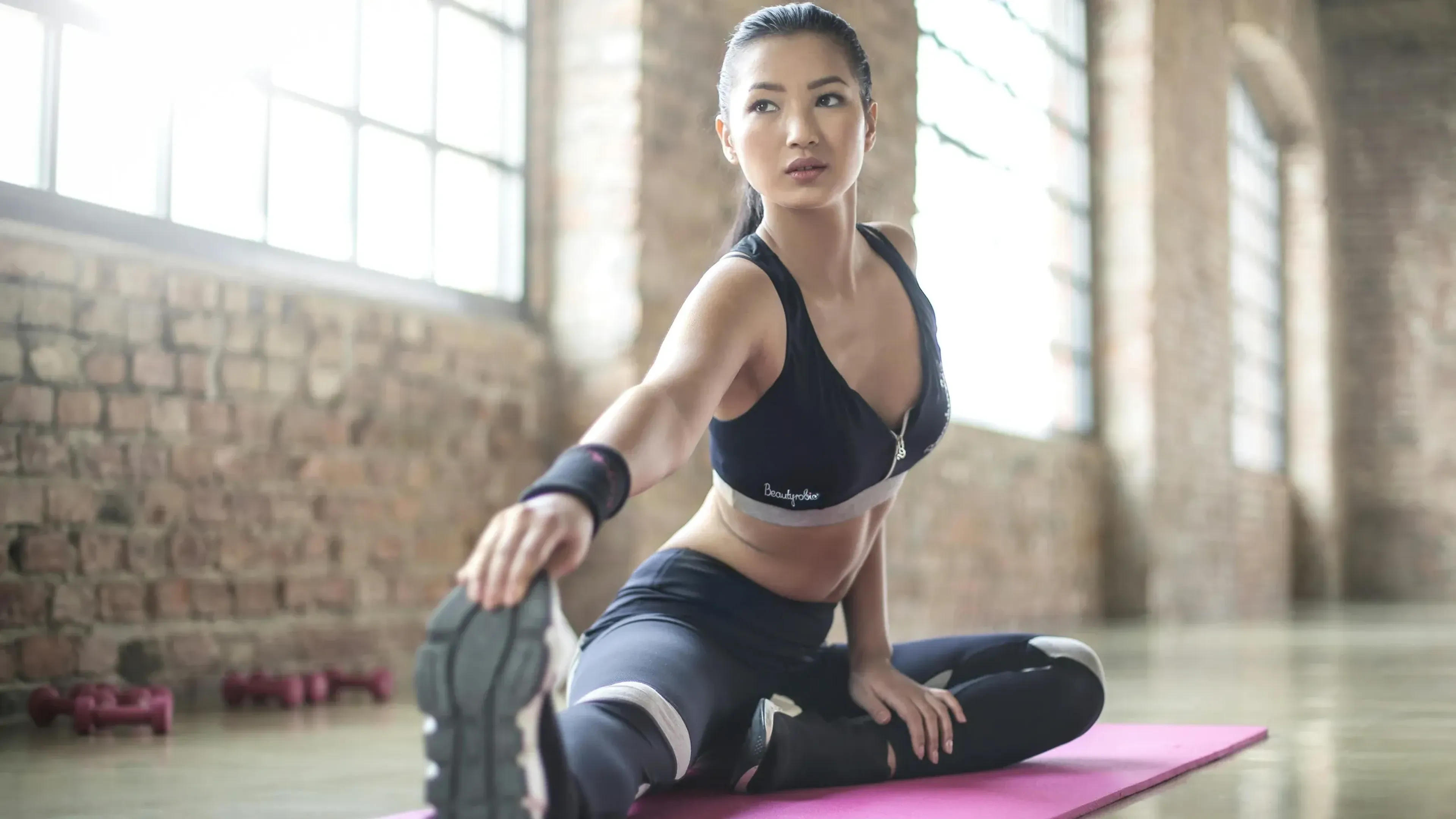
Frequently Asked Questions
- Q: Can I do this exercise without a machine?
Yes, you can use a flat or elevated bench if a reverse hyper machine isn’t available.
- Q: Is this good for people with back pain?
Yes, if done with proper form, it can strengthen the glutes and support lower back health.
- Q: How many reps should I do?
Start with 10-15 controlled reps per set and adjust based on your training goal.
Overview
- Primary Focus:
- Glutes.
- Equipment:
- Bench.
- Difficulty:
- Intermediate.

